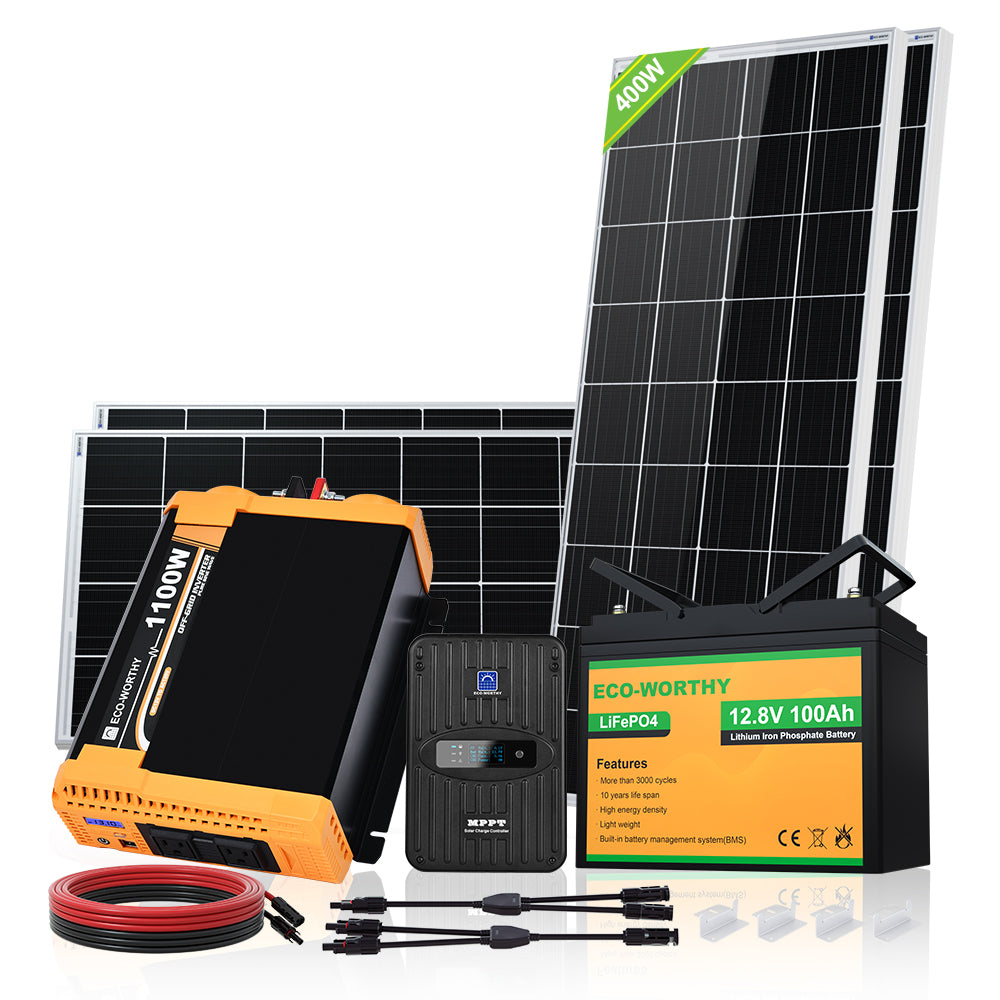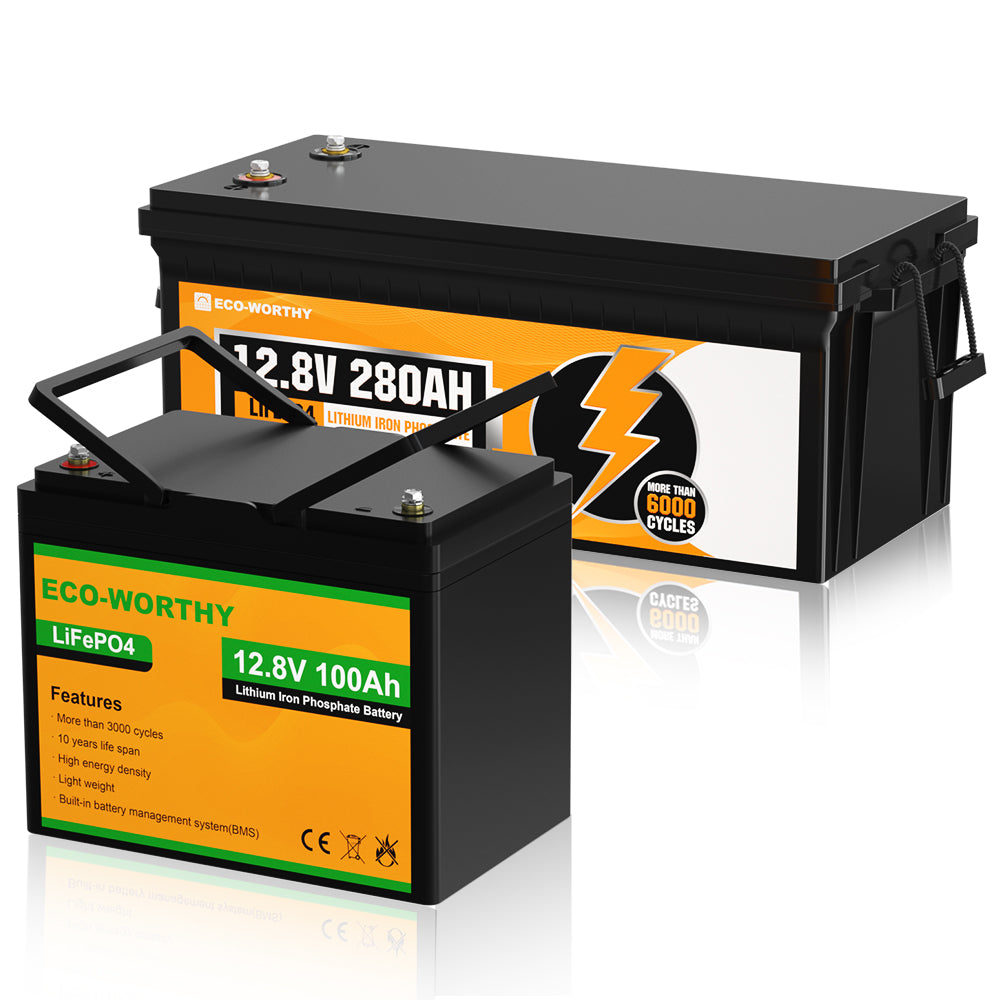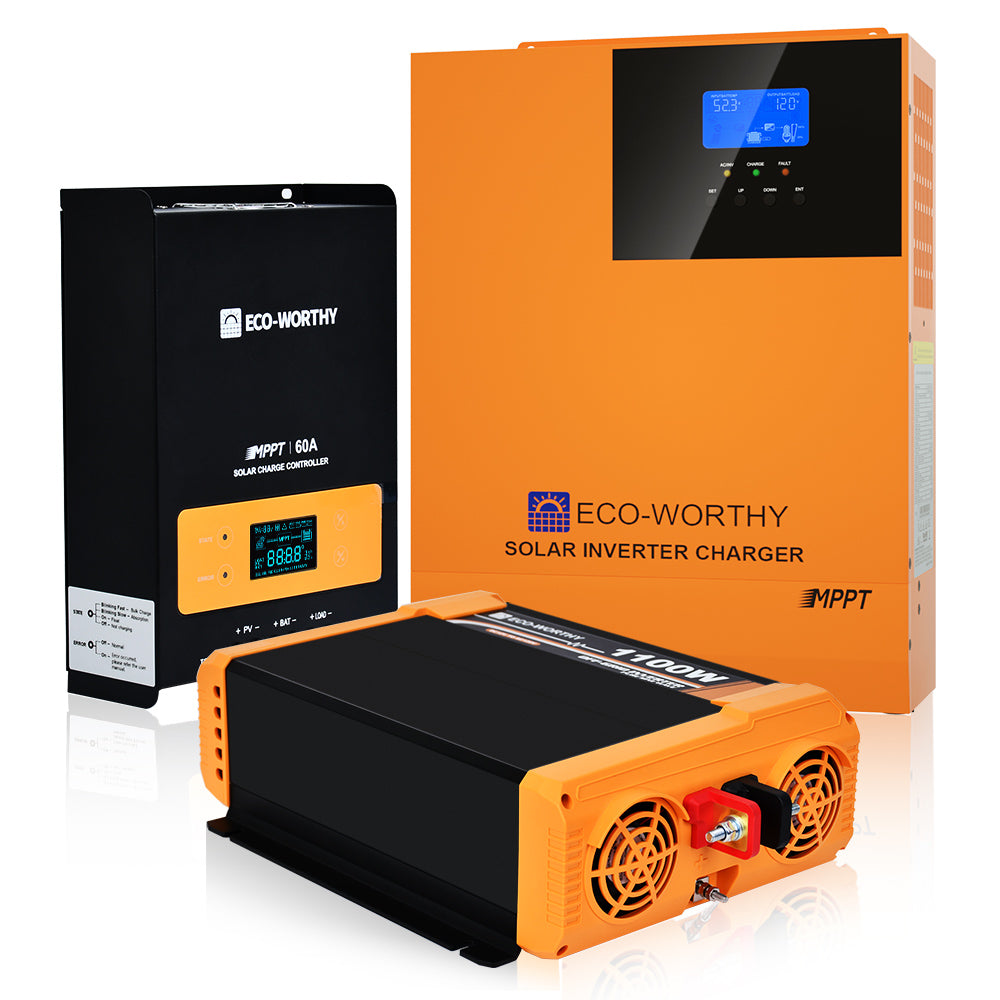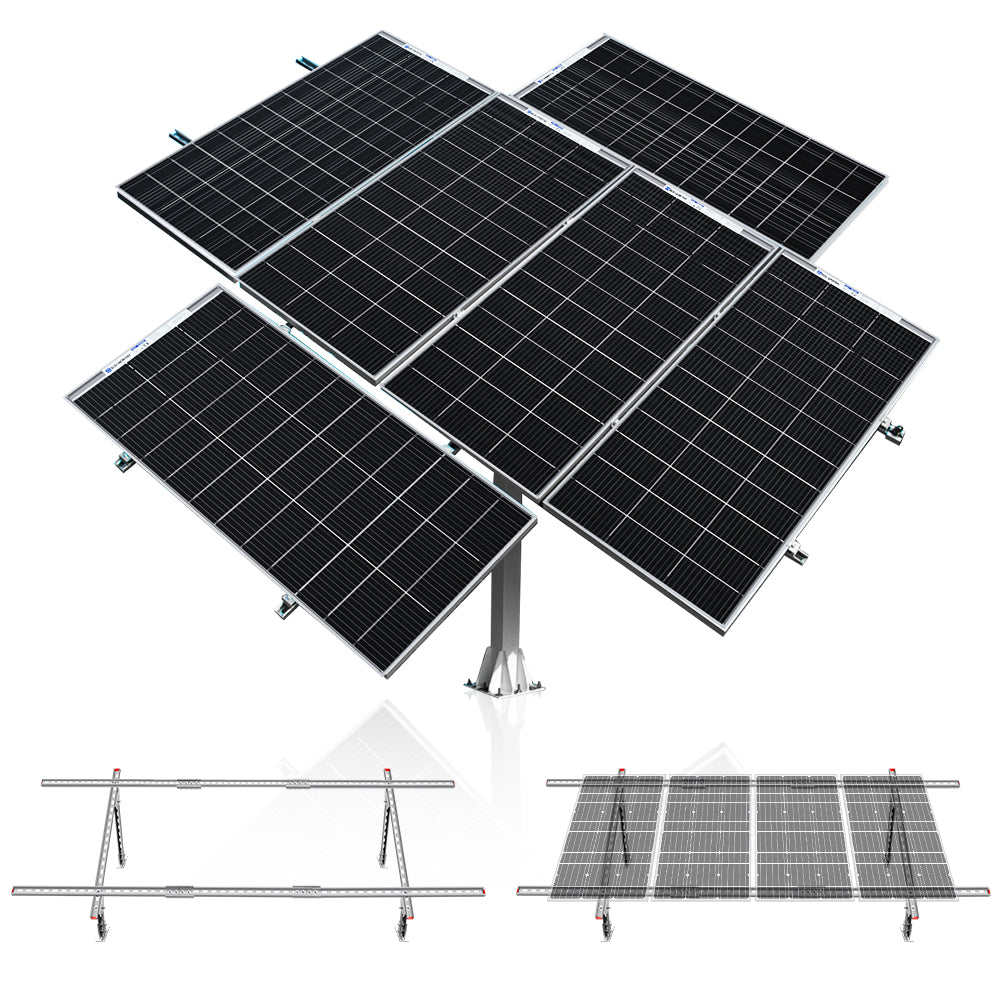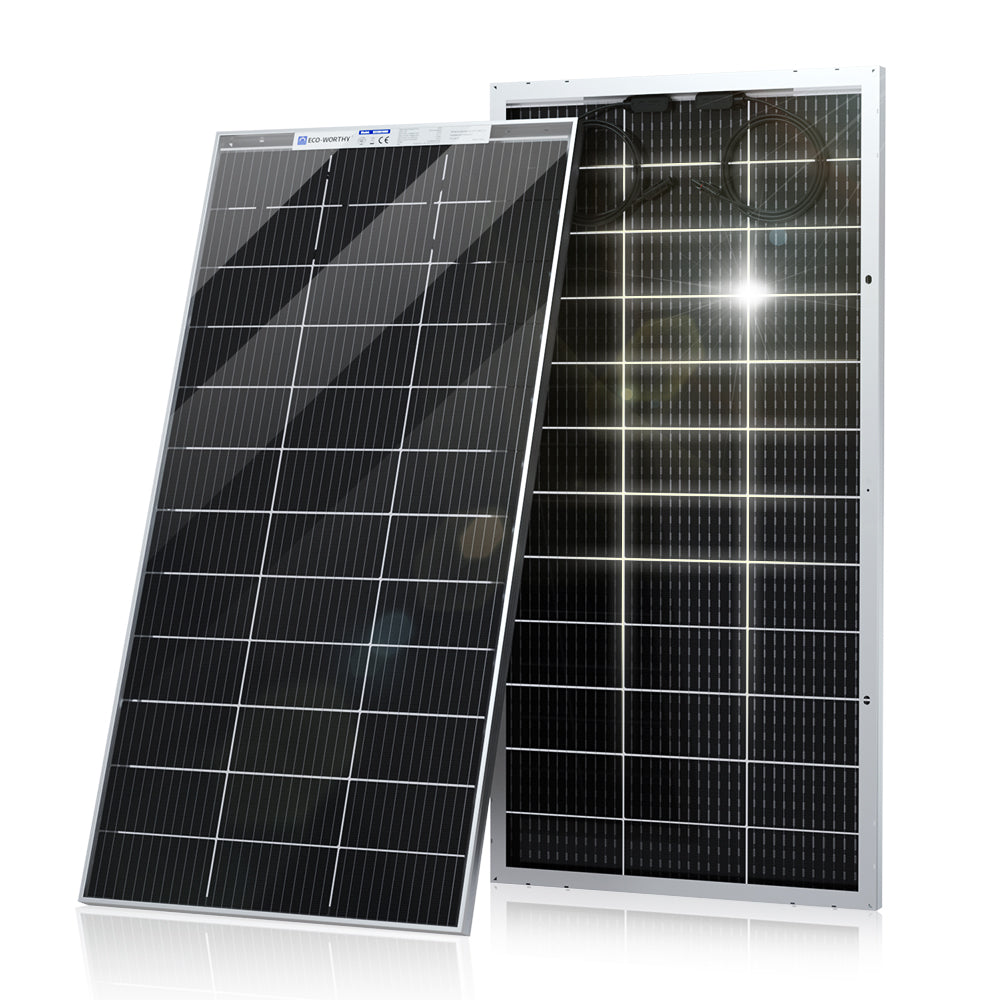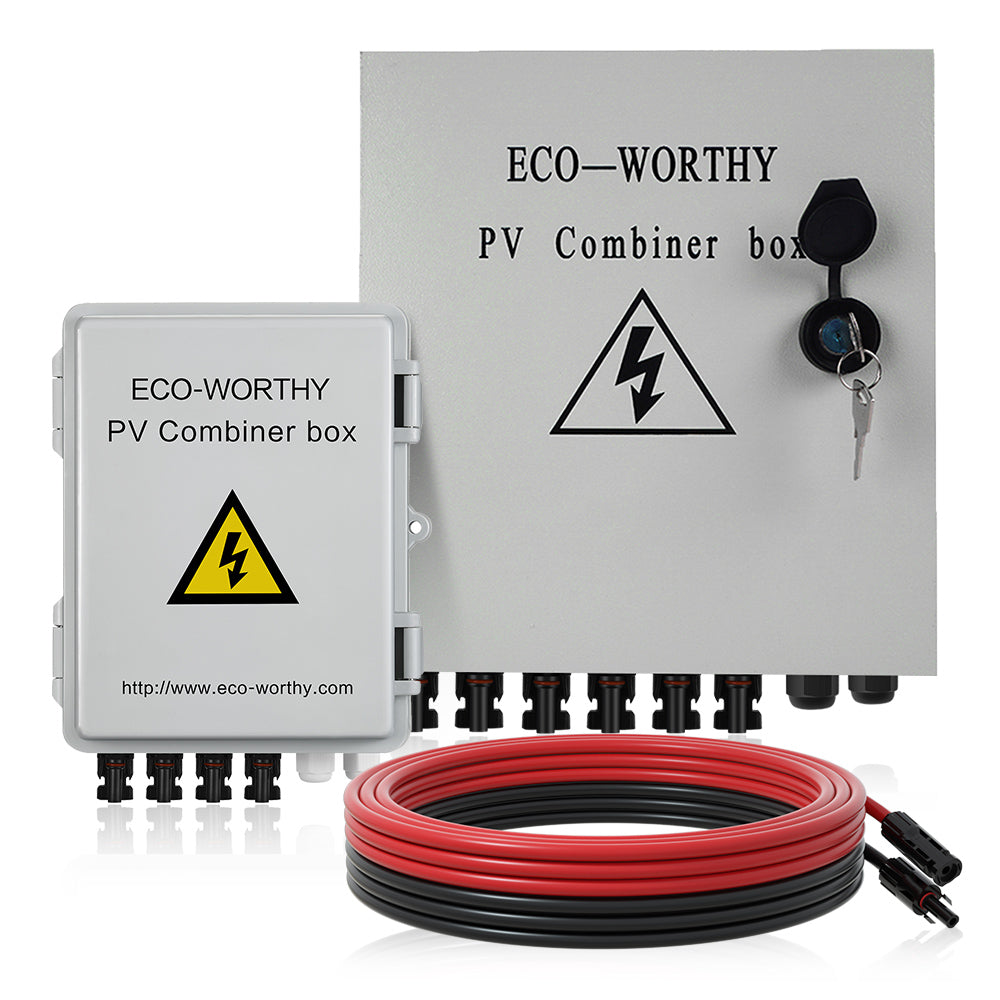When you are considering building a solar power system, one important component that you will need is a charge controller. But should you choose PWM or MPPT charge controllers? These controllers are key in controlling electricity flow from solar panels to batteries, ensuring efficient and safe charging. Let us learn more about them.


Two primary varieties of charge controllers exist: PWM (Pulse Width Modulation) and MPPT (Maximum Power Point Tracking). PWM controllers, with their compact design, work directly at battery voltage, ideal for small setups and hot environments. Conversely, MPPT charge controllers leverage sophisticated technology to enhance power output. They do this by working at the solar panel's optimal power voltage, especially beneficial in cold climates where the panel's voltage significantly exceeds the battery's.
PWM Charging
PWM (Pulse Width Modulation) charging is a traditional method used in solar regulation, directly connecting the solar array to the battery bank. This technique aligns the array output voltage with the battery voltage in the bulk charging phase through a continuous connection. The battery's voltage change depends on the array's current output and the battery's size and characteristics. This ensures an efficient transfer of energy and effective charging of the battery.
MPPT Charging
MPPT (Maximum Power Point Tracking) charging technology refines the connection between solar arrays and battery banks, maximising energy production. Unlike methods matching solar panel output to battery voltage, MPPT tunes into the panel's maximum power point for more efficient energy collection.
This technology optimises voltage for maximum power output, boosting solar power system efficiency, especially in environments with changing light conditions. Through continuous adaptation to optimal power levels, MPPT technology ensures superior performance in harvesting energy across various environmental settings.
The Purpose of Solar Charge Controller Regulator
Despite significant differences in PWM and MPPT charging, both techniques serve a common purpose – regulating the flow of energy from solar panels to batteries. For instance, a 30A PWM LCD display solar charge controller regulator can take charge of two separate battery banks simultaneously. It also plays a vital role in preventing overcharging, overvoltage, and short-circuiting of the batteries, ensuring their longevity and safety. Additionally, solar charge controllers help maintain optimal battery performance by regulating voltage levels and monitoring charging status.
Why Choose PWM Over MPPT
When choosing solar charge controllers, deciding on a PWM controller instead of a more advanced MPPT controller is crucial. Here are compelling reasons for choosing PWM over MPPT:
- Cost Efficiency: PWM controllers offer a more affordable solution than MPPT, appealing to those with budgetary constraints.
- Low Power Applications: In low-power systems, PWM controllers can match or exceed the energy efficiency of MPPT, ensuring consistent performance across different array sizes.
- Climatic Considerations: In hotter climates, where maximum power voltage (Vmp) drops, MPPT's efficiency advantage lessens, making PWM a better choice.
System Power Dynamics: In systems where the solar panel's output significantly surpasses the power usage, leading to frequently fully charged batteries. The advanced energy harvesting feature of Maximum Power Point Tracking (MPPT) offers limited extra advantages.

Why Choose MPPT Over PWM
Increased Energy Harvest
MPPT charge controllers enhance solar energy yield by optimising voltage and amperage. This improves solar array efficiency by 5 to 30% compared to PWM controllers. Their optimisation proves particularly beneficial in environments with variable weather conditions, guaranteeing the highest power output from solar panels.
Less Module Restrictions
MPPT controllers' capability to manage higher voltages expands the choice of solar modules and array configurations. This adaptability leads to more efficient system designs, enabling smaller gauge wires, which reduces the system's overall costs and complexity.
Support for Oversized Arrays
MPPT technology surpasses PWM controllers in its ability to efficiently handle oversized solar arrays. It adjusts the current intake during peak solar times, ensuring the system operates optimally, even when panel capacity is above normal. This optimisation increases energy output, especially during early mornings and late afternoons when sunlight intensity diminishes.
A 40A MPPT OLED solar charge controller can be used with a 400W solar panel for optimal energy output in large arrays. This combination ensures optimal energy yield from the solar panels, allowing for better utilization of available space and resources.

Which is better: MPPT or PWM?
Choosing between PWM and MPPT solar charge controllers hinges on the system's size, budget, and the prevailing environmental conditions. For smaller, simpler systems in warmer climates, PWM presents a more cost-effective option. MPPT excels with its higher efficiency, wide module compatibility, and ability to handle oversized arrays, making it ideal for optimising energy output in various climates. Therefore, your choice should match your energy needs to make sure your solar power system is efficient and cost-effective.

